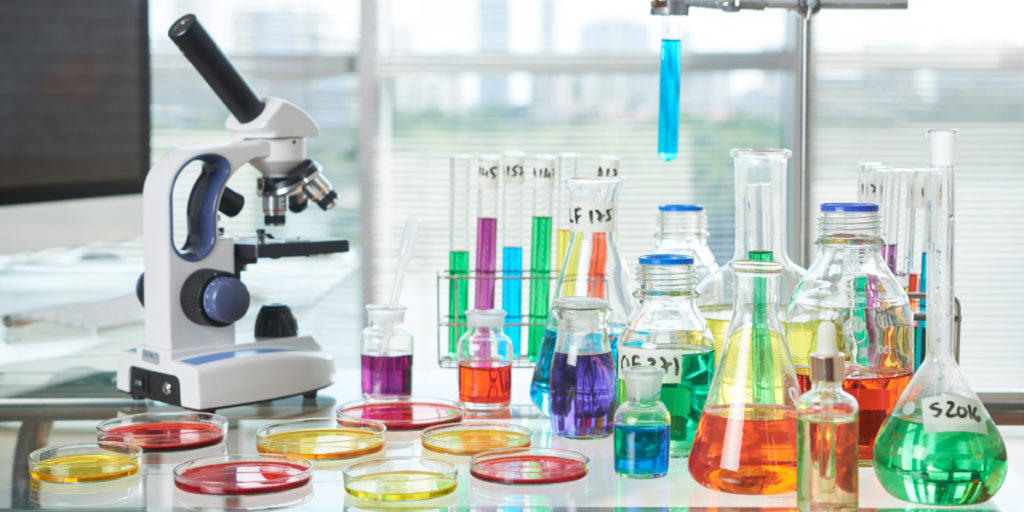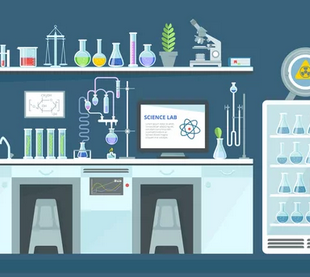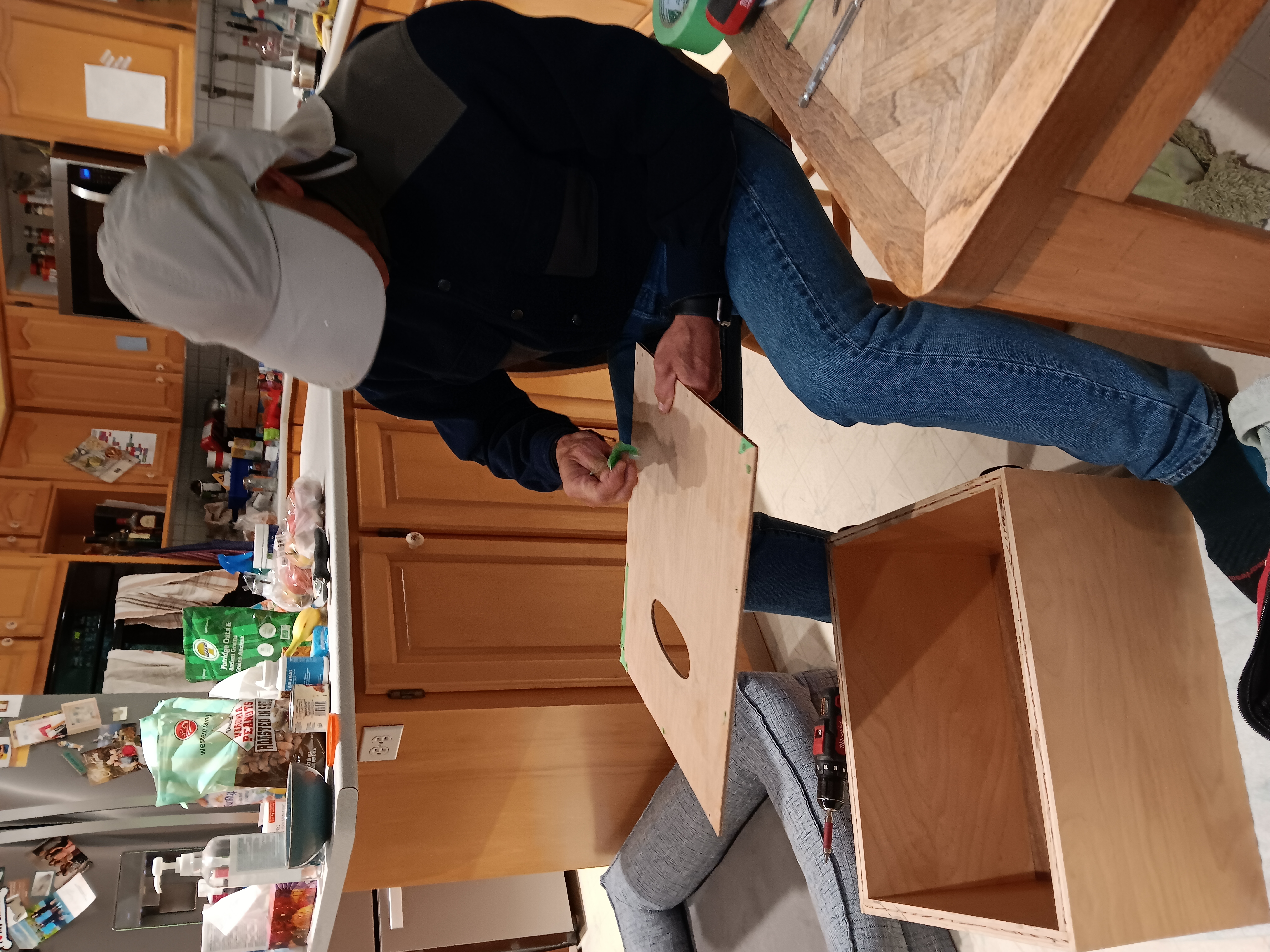One thing I learned this practicum was the importance of long term planning. In an early lab, we were building home made lava lamps with some cooking oil, dye and the baking soda vinegar reaction. During this exciting revisiting to the 1970s, one of my students added extra baking soda to the vinegar in the flask and created a furious, fountain of dyed oil. Luckily, only a slight amount didn’t fall back into the reaction flask, and the mess was quick to clean up.

During this lab I noticed the importance of setting expectations early. While it wouldn’t be a hazard to spill our ingredients today, it would be in future labs. I considered how the habits that my students will form in grade ten, might translate into habits for university.
Things to keep consistent:
- PPE expectations: Even if the lab is “safe” we should practice wearing PPE for the most dangerous lab of the term. It ensures that students practice for the most dangerous features and translates into future lab expectations
- Same organization: Students should find their reagents, glass wear, PPE and all materials in similar locations throughout the term. this will speed up set up, allow for quick clean up and allow students to self direct rather than rely on teacher instructions.
- Chaos meter: The class has “energy”, and certain groups are more chaotic than others. Its important to assert what kinds of behaviors are acceptable and which are not.
- Lab report Layouts: Lab reports should have similar structure within your classes term. This will make it easy for students to find the information they need, answer the desired questions, and generally understand what is expected of them long term.
By keeping these four markers in mind, new teachers will begin to look like veteran teachers. Their classes will be orderly, their students will seem to understand, marking and evaluation should be more consistent and hopefully a blast for the entire class!




